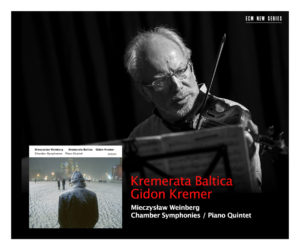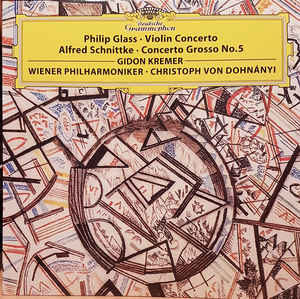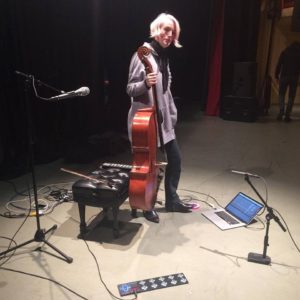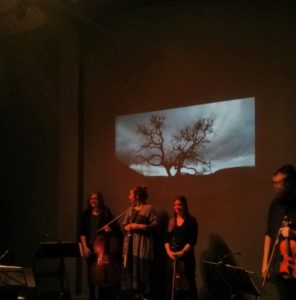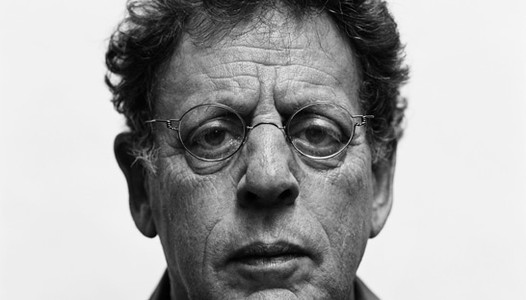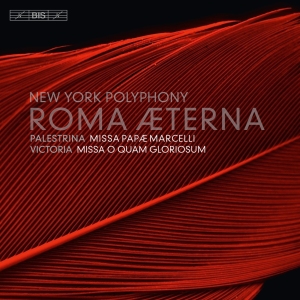
Francois Couturier and Anja Lechner
Greenwich Music House
New York
February 18, 2017
By Christian Carey
Five Things to Like About Francois Couturier and Anja Lechner in duo performance
- Versatility — These are two musicians who are able to play in a plethora of styles: classical, jazz, world music, et cetera. I first interviewed cellist Anja Lechner for a Signal to Noise feature about the bandoneonist Dino Saluzzi. I was impressed with her versatility then and remain so today. Pianist Francois Couturier is an eminently qualified performing partner for Lechner.
- Ensemble — Even though most of their set consisted of composed pieces — Couturier had sheet music on the piano throughout — the improvisational directions that they took the works featured a plethora of surprises and sharp turns into different musical terrain. The duo hardly needed to look at each other to turn on a dime into a new section or tempo.
- Variety — The concert included pieces by Couturier, with the back-to-back presentation of Voyage and Papillons creating a swirl of timbres and techniques. Federico Mompou also featured prominently, with renditions of three of his works on the program, including Soleil Rouge, a sumptuous encore. Komitas, Gurdjieff, and a transcription of an Abel piece originally for viola da gamba were other offerings. But the standout was Anouar Brahem’s Vagues, a work that the duo had previously performed with the composer. It brought out a tenderness and poise that was most impressive.
- Technique and effects — Both Couturier and Lechner demonstrated abundant performing ability. However, conventional playing was just a part of their presentation. The duo used a host of effects, Couturier playing inside the piano, Lechner supplying all manner of harmonics, pizzicatos, and alternate bowing techniques. This gave the abundant lyricism of their performance just the right amount of seasoning.
- Tarkovsky Quartet CD — Happily for those who missed this intimate event, or for those who heard it and want more, Couturier and Lechner appear as members of the Tarkovsky Quartet (which also includes soprano saxophonist Jean-Marc Lerché and accordionist Jean-Louis Matinier) on a new ECM CD, Nuit Blanche.





